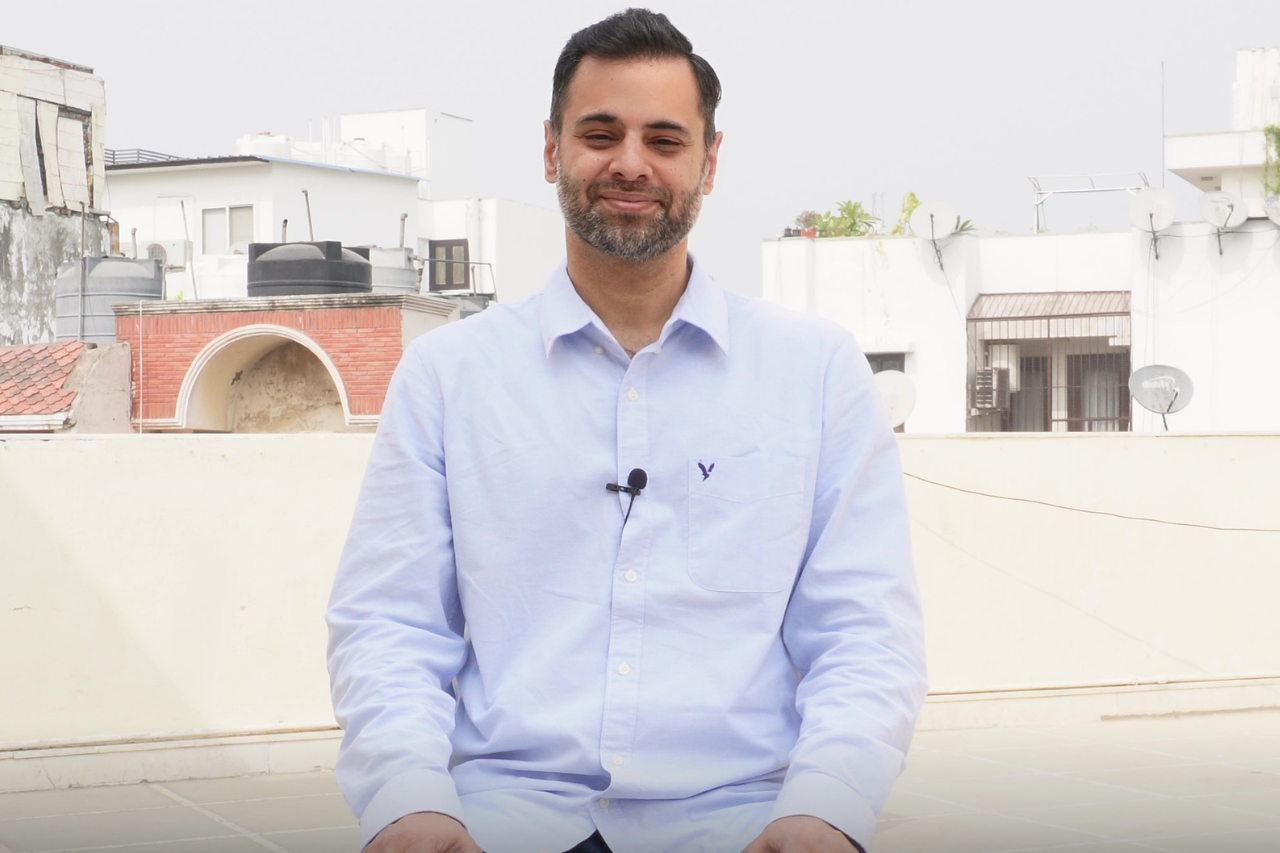We think of ourselves as individuals whose objective of existing on this planet is to fulfill some purpose. It can either be a material or a spiritual pursuit. The idea is to become something better than what we are right now in this moment.
But this idea of an individual with its associated wants, needs, and desires comes from the mind’s contents as thinking. The thinking mind creates personas as the external situations routinely influence it.
The way we see ourselves is nothing more than a memory construct. Suppose if all of our memory was magically wiped out, what would remain? Would you still exist?
It is something that happened, apparently to what is referred to as “me.” At some point in my life journey, I started losing my sense of personal self or what I called “me.” Until a moment when everything disappeared instantaneously.
It is incredibly challenging to put this so-called experience into words. It was like everything was happening without a center of consciousness. The personal energy – the sense of me was absent in the apparent happening.
I could hear voices, see things, feel other sensations, but there was no individual to experience any of those. All of it was happening. As this understanding deepened, a transition occurred from phenomenality to stillness – something that I can vaguely describe as empty awareness.
I saw myself not as the mind’s contents but as the boundless awareness that felt like unconditional love. A love that did not require a subject and an object in time. But as the eternal and timeless presence.
However, this was not a continuous experience. Soon, I was back in the world, and my mind started contemplating what it was. If that was me, then who is this entity here thinking about it? And the answer came like lightning in an instant, “I AM” is all there is.
“I AM” is the consciousness that is the substratum of all phenomenality. It is not a force but a supreme reality. The relative “I-thought,” on the other hand, arises as an object appears in the sensory awareness. For example, when angry, we say, “I am” angry, when happy, “I am” happy, and so on.
The relative “I-thought” is a pseudo subject that always appears in the presence of an object of experience. The experience object can either be physical, like a beach view, or subtle, like a thought, feeling, or emotion. When we say, “I am thinking,” it’s not the same as “I AM.”
The above article was originally published on scienceandnonduality.com. You can read the full article here.

